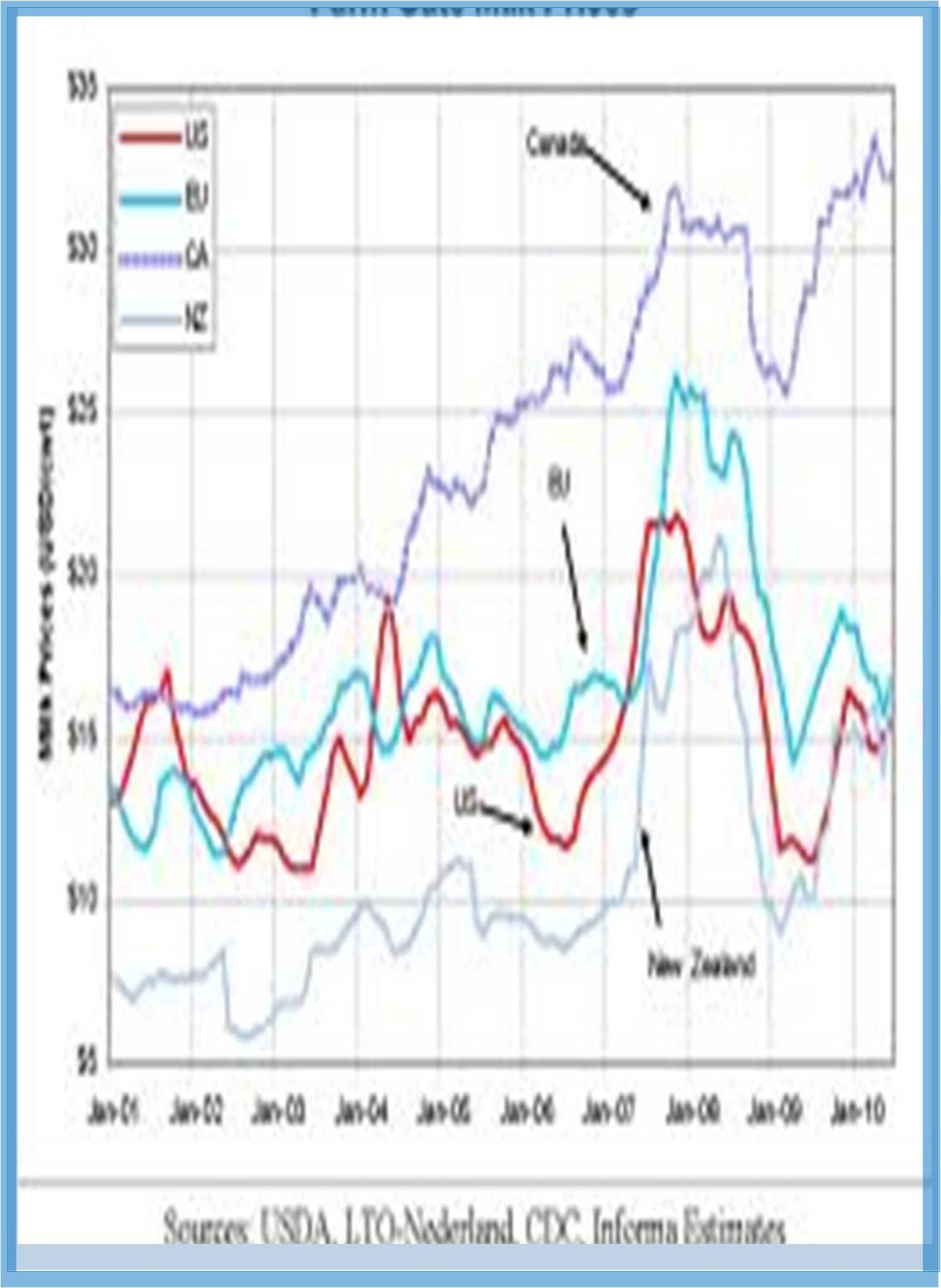



Soil ecosystems are nowadays exposed to many physical, chemical, and biological stressors, which are directly or indirectly associated with anthropogenic activities. This chapter covers how contaminants affect the soil ecosystem structure, changing soil functions and services. Soil ecosystem structure is constituted by dynamic interactive abiotic and biotic compartments, hooked in to major mode factors like water and lightweight. By changing this balanced system, soil functions also are impaired as they're strictly hooked in to this structure and biodiversity.
https://1xbetx.fun https://bahiscom.fun https://casibomagiris.com https://cratosslot.fun https://grandpashabet.fun https://holiganbet.fun https://holiganbet-giris.info https://jojobet.fun https://jojobetgiris.xyz https://kralbet.fun https://meritking.fun https://vdcasino.fun https://onwin.direct https://cypocafe.com https://sahabetgiris.fun
Soil Ecosystem, Trophical pyramid, Microbial bioremediation
Soil functions include carbon transformations, nutrient cycling, maintenance of the structure itself, and regulation of biological populations. Activities like mining, agriculture, forestry, and waste disposal are often liable for the unbalance of soil structure and functions, by jeopardizing majorly the functional biodiversity compartment of the ecosystem. Therefore, the supply of products alongside ecosystem services is going to be also affected. Valuing soil ecosystem services may be a difficult task and sometimes lacking at the policymaking level, because the costs of services losses can go unnoticed. Therefore, new strategies should be implemented to bring the concepts of structure, functions, services, and goods on board at the regulation level.
Trophical pyramid in the process of soil ecosystem
The process responsible for the maintenance of the soil ecosystem is the decomposition of the soil organic matter as well as the mineralization of the nutrients. The microorganisms which are invisible to the naked eyes are one of the major reasons for keeping the richness of the soil and its food web continuity but the faunal groups of organisms are also considered to contribute considerably to the soil processes, despite their relatively low densities. The interactions among the fauna population also leads to the greatly affects the cycling of energy, matter, and nutrients. Some micro arthropods break up organic matter by feeding on detritus thus, leads to the increase in the surface area of the organic matter available for microbial attack.
The dissemination of microbes is another potentially important influence of the soil fauna on decomposition processes.
Hydrocarbon’s microbial bioremediation
Contamination of hydrocarbons in soil, water, and marine ecosystem is one of the serious problems amongst other environmental threats. It comes from petroleum, pesticides, or other toxic effluents generated from different industries. Pollution associated with petroleum hydrocarbon is of great concern due to its high abundance and widespread toxicity in the world. The major sources of hydrocarbons are gasoline, diesel, lubricants, surfactants, etc.
Numerous physical, chemical, and biological methods are often applied for the remediation of hydrocarbon contamination, of which, biological approaches mediated by microbes are considered as economical, sustainable, ecofriendly, and inclined toward the total degradation of hydrocarbons. Fungi are one of the well adapted forms of terrestrial habitants which are useful in the bioremediation of the hazardous PAHs. Their fungal mycelium is able to reach the deepest part of the soil and takes quick the actions in combination with xenobiotic compounds in the soil. These fungal strains have a high tendency to break the PAHs.
Presences of the Microbial communities in soil
Microbial communities are critical to soil ecosystem functions. In order to predict meaningfully their response to biochar addition, properties of a range of biochars must be quantified relative to changes in the chemical, physical, and biological properties that constitute the soil environment. Biochars mostly contain mineral carbon (C) and variable amounts of organic C, the proportion of which is determined partially by production temperature and conditions. Biochars modify several static soil physical properties, which affect soil biota.
Feedback between biochar effects on the physical environment and microbial communities may modify soil physical characteristics and contribute to aggregate formation, the idea of soil structure. Soil micro biome indices like functional gene copy numbers, community structure, and enzyme activities are sensitive to management strategies, including biochar addition.
Most soil microorganisms aren't yet cultivable. Therefore, metagenomic approaches to gauge microbial community function relative to biochar type, soil type, and other edaphic factors are promising to determine the role of the soil physical environment in biochar–soil–microbial–plant relationships.
The concept of soil function/service can serve a really useful purpose, therein it can constitute a simple and attractive entry point for didactic programs aimed toward explaining how soils are structured, how we expect they work, and the way much uncertainty remains in our understanding of both properties and processes. Perhaps if these messages got across to a broader portion of the population, soils would be less threatened than they're now, which we wouldn't get to constantly advocate their value.